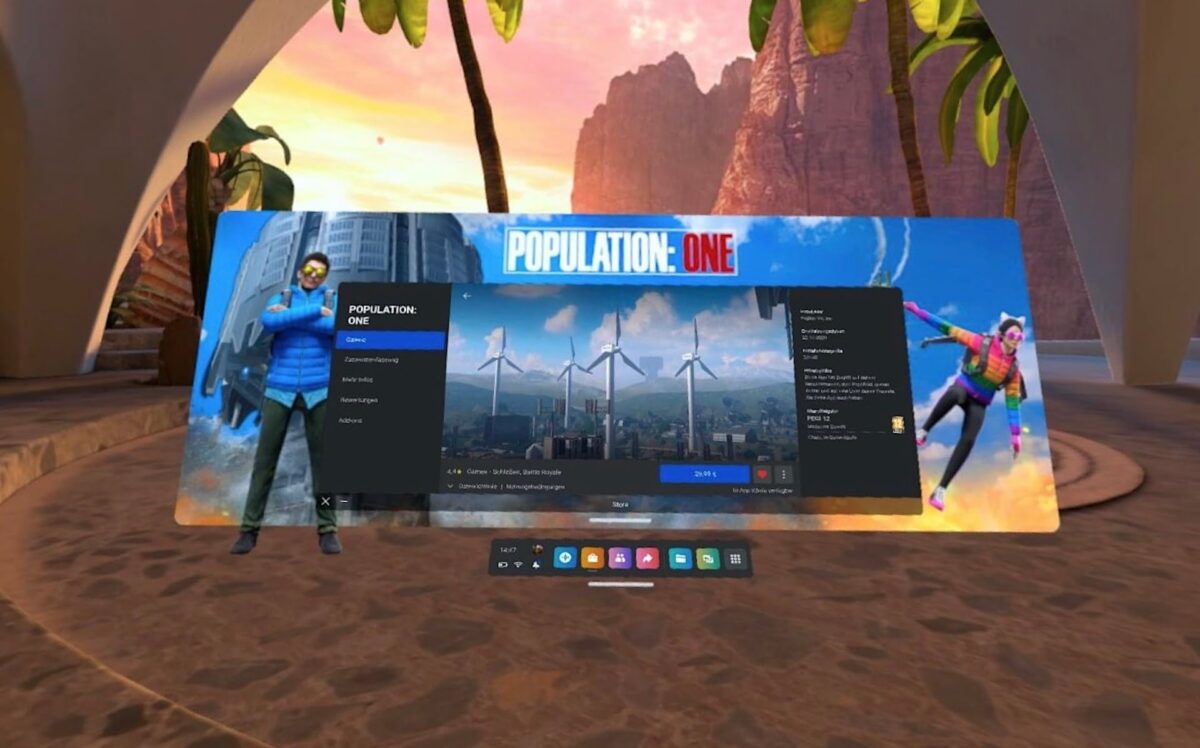The Meta Quest Store could soon be much more immersive

Meta wants to make the Meta Store more immersive. Boring 2D product pages are to become VR experiences to give users a feel for the virtual reality app.
The first step has already been taken: Developers and studios that have published VR apps in the Meta Quest Store can now equip their own product pages with more immersive 3D elements.
Meta calls the feature IIL, which stands for "immersive image layers". With this feature, different image elements can be displayed between the product page and the background, which creates a more spatial impression (see cover image).
"Immersive Image Layers can be used to reconstruct scenes, key moments, objects, characters, or whatever you find most relevant from your app," the developer blog says. "These immersive assets can help increase traffic, provide a new level of depth to your PDP, and drive purchase conversions by displaying a more accurate representation of your app."
From 3D product pages to 3D experiences
Rectangular, flat, gray product pages aren't just boring to look at. They also don't do VR content justice. A study conducted by Meta found that VR users want to know how a VR experience feels before they buy an app. Screenshots and trailers are functional, but far from optimal.

The corresponding menu in the Developer Dashboard. | Image: Meta
IILs are a first step toward a more immersive store experience, according to Meta. The company is next exploring changing environments. Those should give a more accurate preview of the VR experience.
"Environment changes will transport users to an environment that better reflects the nature of your app. Your unique environment will place audiences in a customizable space that you create and will help bridge the gap between curiosity and anticipation by informing users of how your experience will actually look and feel."
Meta does not reveal more details. Are we talking about 360-degree images or real 3D environments that can also be interactive? Both would fit the medium better than the current 2D menus, which probably won't become completely obsolete, but will at least be enhanced with coherent 3D environments.
The development of the immersive store seems to be well advanced, as Meta is already looking for developers who want to experiment with the new feature.
Note: Links to online stores in articles can be so-called affiliate links. If you buy through this link, MIXED receives a commission from the provider. For you the price does not change.